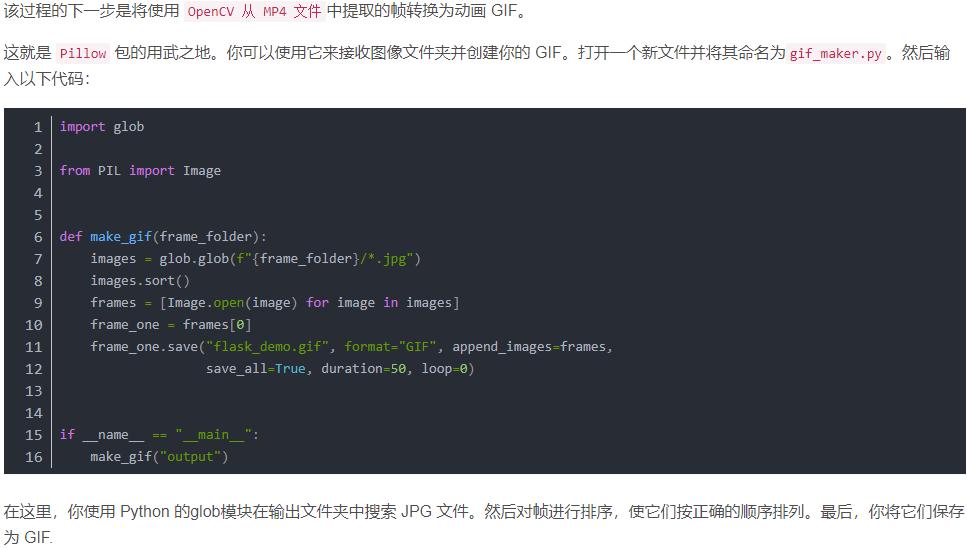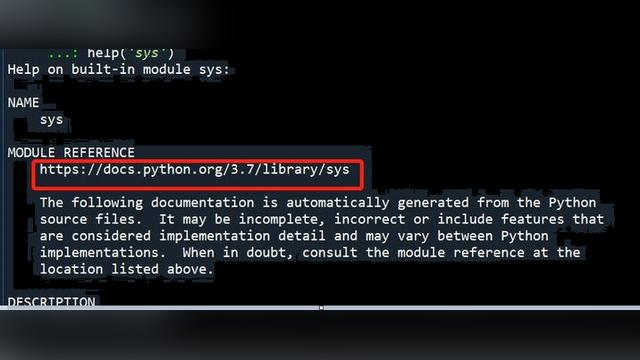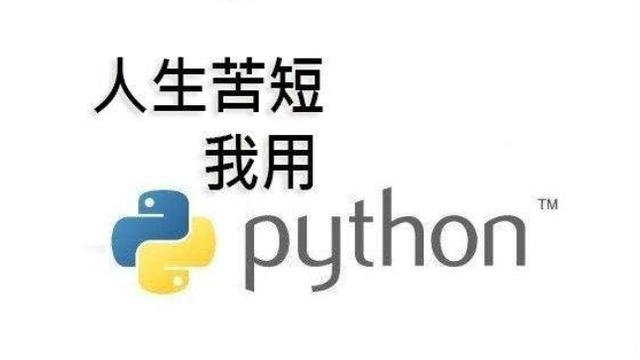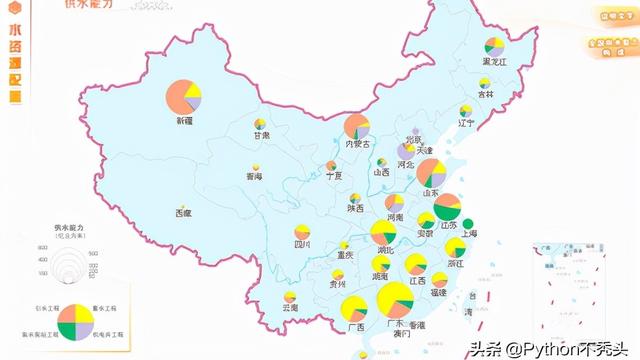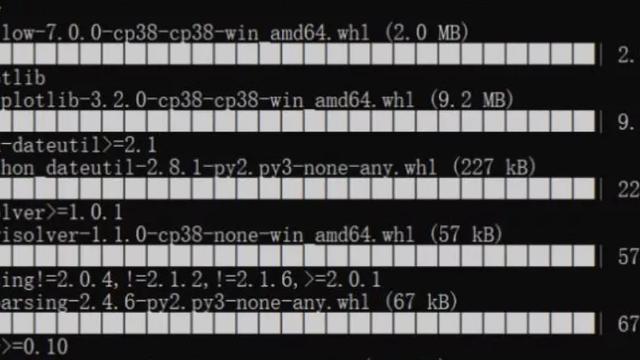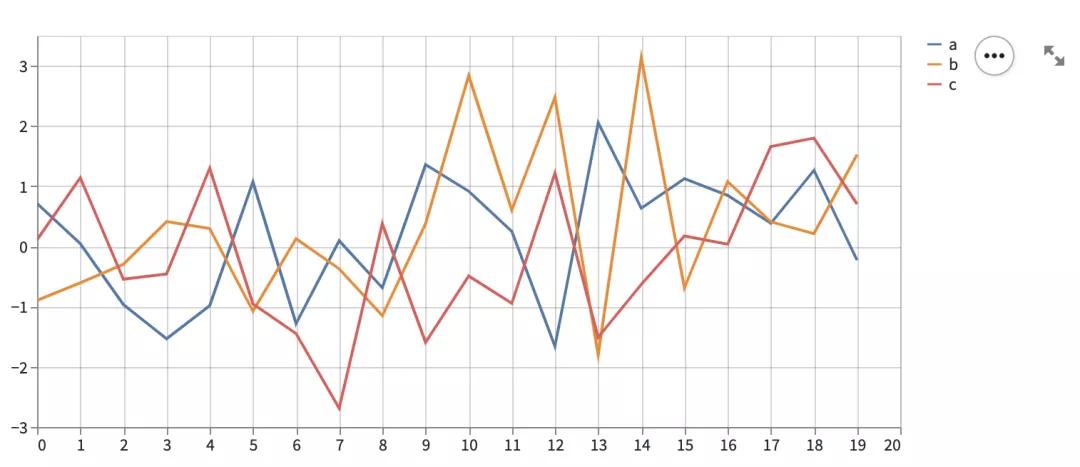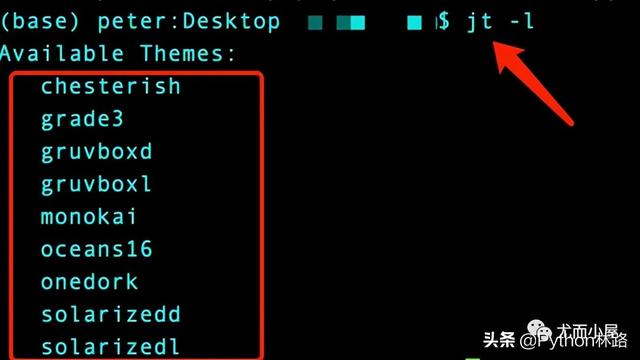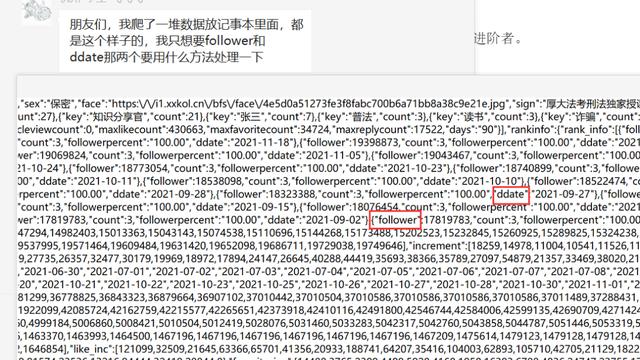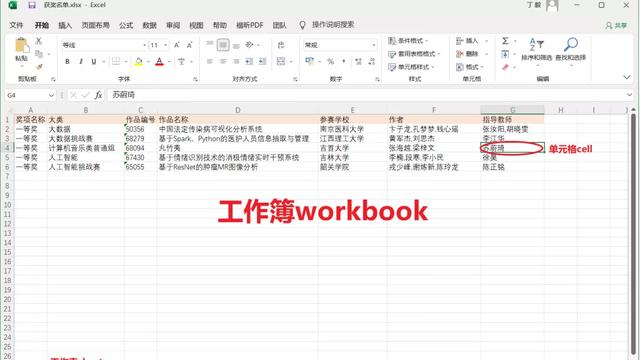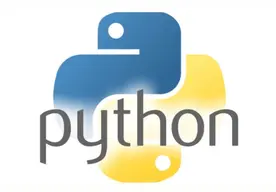如何利用Python实现SQL自动化?

来源:Pexels
笔者在工作中经常要使用SQL,其不乏存在恼人的细微差异和种种限制,但说到底,它是数据行业的基石。因此,对于每一位数据领域的工作者,SQL都是不可或缺的。精通SQL意义非凡。
SQL是很不错,但怎么能仅满足于“不错”呢?为什么不进一步操作SQL呢?
陈述性语句会诱发SQL限制的发生,就是说,向SQL寻求数据,SQL会在特定数据库找寻并反馈。对于许多数据提取或简单的数据操作任务来说,这已经足够了。
但如果有更多需求怎么办?
本文将为你展示如何操作。
从基础开始
import pyodbc
from datetime import datetime
classSql:
def__init__(self, database, server="XXVIR00012,55000"):
# here we are telling Python what to connect to (our SQL Server)
self.cnxn = pyodbc.connect("Driver={SQL Server Native Client 11.0};"
"Server="+server+";"
"Database="+database+";"
"Trusted_Connection=yes;")
# initialise query attribute
self.query ="-- {}nn-- Made in Python".format(datetime.now()
.strftime("%d/%m/%Y"))
这个代码就是操作MS SQL服务器的基础。只要编写好这个代码,通过Python 连接到SQL 仅需:
sql = Sql('database123')
很简单对么?同时发生了几件事,下面将对此代码进行剖析。class Sql:
首先要注意,这个代码包含在一个类中。笔者发现这是合乎逻辑的,因为在此格式中,已经对此特定数据库进行了增添或移除进程。若见其工作过程,思路便能更加清晰。
初始化类:
def __init__(self, database,server="XXVIR00012,55000"):
因为笔者和同事几乎总是连接到相同的服务器,所以笔者将这个通用浏览器的名称设为默认参数server。
在“Connect to Server”对话框或者MS SQL Server Management Studio的视窗顶端可以找到服务器的名称:

下一步,连接SQL:
self.cnxn =pyodbc.connect("Driver={SQL Server Native Client 11.0};"
"Server="+self.server+";"
"Database="+self.database+";"
"Trusted_Connection=yes;")
pyodbc 模块,使得这一步骤异常简单。只需将连接字符串过渡到 pyodbc.connect(...) 函数即可,点击以了解详情here。
最后,笔者通常会在 Sql 类中编写一个查询字符串,sql类会随每个传递给类的查询而更新:
self.query = "-- {}nn--Made in Python".format(datetime.now()
.strftime("%d/%m/%Y"))
这样便于记录代码,同时也使输出更为可读,让他人读起来更舒服。
请注意在下列的代码片段中,笔者将不再更新代码中的self.query 部分。
组块
一些重要函数非常有用,笔者几乎每天都会使用。这些函数都侧重于将数据从数据库中传入或传出。
以下图文件目录为始:

对于当前此项目,需要:
· 将文件导入SQL
· 将其合并到单一表格内
· 根据列中类别灵活创建多个表格
SQL类不断被充实后,后续会容易很多:
import sys
sys.path.insert(0, r'C:\Usermediumpysqlpluslib')
import os
from data importSql
sql =Sql('database123') # initialise the Sql object
directory =r'C:\Usermediumdata\' # this is where our generic data is stored
file_list = os.listdir(directory) # get a list of all files
for file in file_list: # loop to import files to sql
df = pd.read_csv(directory+file) # read file to dataframe
sql.push_dataframe(df, file[:-4])
# now we convert our file_list names into the table names we have imported to SQL
table_names = [x[:-4] for x in file_list]
sql.union(table_names, 'generic_jan') # union our files into one new table called 'generic_jan'
sql.drop(table_names) # drop our original tables as we now have full table
# get list of categories in colX, eg ['hr', 'finance', 'tech', 'c_suite']
sets =list(sql.manual("SELECT colX AS 'category' FROM generic_jan GROUP BY colX", response=True)['category'])
for category in sets:
sql.manual("SELECT * INTO generic_jan_"+category+" FROM generic_jan WHERE colX = '"+category+"'")
从头开始。
入栈数据结构
defpush_dataframe(self, data, table="raw_data", batchsize=500):
# create execution cursor
cursor = self.cnxn.cursor()
# activate fast execute
cursor.fast_executemany =True
# create create table statement
query ="CREATE TABLE ["+ table +"] (n"
# iterate through each column to be included in create table statement
for i inrange(len(list(data))):
query +="t[{}] varchar(255)".format(list(data)[i]) # add column (everything is varchar for now)
# Append correct connection/end statement code
if i !=len(list(data))-1:
query +=",n"
else:
query +="n);"
cursor.execute(query) # execute the create table statement
self.cnxn.commit() # commit changes
# append query to our SQL code logger
self.query += ("nn-- create tablen"+ query)
# insert the data in batches
query = ("INSERT INTO [{}] ({})n".format(table,
'['+'], [' # get columns
.join(list(data)) +']') +
"VALUESn(?{})".format(", ?"*(len(list(data))-1)))
# insert data into target table in batches of 'batchsize'
for i inrange(0, len(data), batchsize):
if i+batchsize >len(data):
batch = data[i: len(data)].values.tolist()
else:
batch = data[i: i+batchsize].values.tolist()
# execute batch insert
cursor.executemany(query, batch)
# commit insert to SQL Server
self.cnxn.commit()
此函数包含在SQL类中,能轻松将Pandas dataframe插入SQL数据库。
其在需要上传大量文件时非常有用。然而,Python能将数据插入到SQL的真正原因在于其灵活性。
要横跨一打Excel工作簿才能在SQL中插入特定标签真的很糟心。但有Python在,小菜一碟。如今已经构建起了一个可以使用Python读取标签的函数,还能将标签插入到SQL中。
Manual(函数)
defmanual(self, query, response=False):
cursor = self.cnxn.cursor() # create execution cursor
if response:
returnread_sql(query, self.cnxn) # get sql query output to dataframe
try:
cursor.execute(query) # execute
except pyodbc.ProgrammingErroras error:
print("Warning:n{}".format(error)) # print error as a warning
self.cnxn.commit() # commit query to SQL Server
return"Query complete."
此函数实际上应用在union 和 drop 函数中。仅能使处理SQL代码变得尽可能简单。
response参数能将查询输出解压到DataFrame。generic_jan 表中的colX ,可供摘录所有独特值,操作如下:
sets =list(sql.manual("SELECT colX AS 'category' FROM generic_jan GROUP BYcolX", response=True)['category'])
Union(函数)
构建 了manual 函数,创建 union 函数就简单了:
defunion(self, table_list, name="union", join="UNION"):
# initialise the query
query ="SELECT * INTO ["+name+"] FROM (n"
# build the SQL query
query +=f'n{join}n'.join(
[f'SELECT [{x}].* FROM [{x}]'for x in table_list]
)
query +=") x" # add end of query
self.manual(query, fast=True) # fast execute
创建 union 函数只不过是在循环参考 table_list提出的表名,从而为给定的表名构建 UNION函数查询。然后用self.manual(query)处理。
Drop(函数)
上传大量表到SQL服务器是可行的。虽然可行,但会使数据库迅速过载。 为解决这一问题,需要创建一个drop函数:
defdrop(self, tables):
# check if single or list
ifisinstance(tables, str):
# if single string, convert to single item in list for for-loop
tables = [tables]
for table in tables:
# check for pre-existing table and delete if present
query = ("IF OBJECT_ID ('["+table+"]', 'U') IS NOT NULL "
"DROP TABLE ["+table+"]")
self.manual(query) # execute
view rawpysqlplus_drop_short.py hosted with ❤ by GitHub
点击
https://gist.github.com/jamescalam/b316c1714c30986fff58c22b00395cc0
得全图
同样,此函数也由于 manual 函数极为简单。操作者可选择输入字符到tables ,删除单个表,或者向tables提供一列表名,删除多个表。
当这些非常简单的函数结合在一起时,便可以利用Python的优势极大丰富SQL的功能。
笔者本人几乎天天使用此法,其简单且十分有效。
希望能够帮助其他用户找到将Python并入其SQL路径的方法,感谢阅读!


